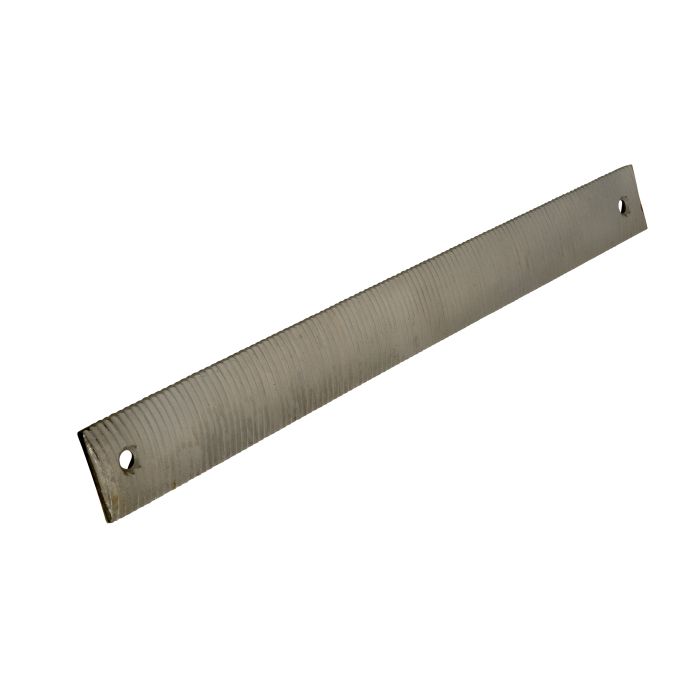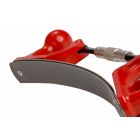|
Why use a Body File Blade
|
|
|
|
1. Surface Shaping and Smoothing
|
|
|
|
Ideal for levelling filler, shaping metal panels, and removing high spots before sanding or painting.
|
|
|
|
2. Essential in Auto Body Repair
|
|
|
|
Commonly used to refine the contours of car bodywork after dent removal or before primer and paint are applied.
|
|
|
|
3. High Precision Control
|
|
|
|
When used with a body file holder, it allows controlled, uniform material removal—perfect for maintaining body lines and panel curves.
|
|
|
|
4. Durable and Reusable
|
|
|
|
Made from hardened steel for long life and consistent performance across multiple jobs.
|
|
|
|
5. Replaceable and Interchangeable
|
|
|
|
Blades can be swapped out easily, offering flexibility for different grades and types of work (coarse or fine teeth).
|
|
|
|
6. Cost-Effective Prepping Tool
|
|
|
|
Reduces the need for excessive sanding or rework by quickly achieving a smoother, flatter surface early in the process.
|
|
|
|
|
|
The benefits of a Body File Blade
|
|
|
|
1. Precise Surface Shaping
|
|
|
|
Body file blades allow you to accurately level body filler, metal, or plastic panels—perfect for restoring smooth, even surfaces.
|
|
|
|
2. Maintains Original Body Lines
|
|
|
|
Offers greater control than power tools, helping preserve factory contours and curves during repairs.
|
|
|
|
3. Faster Material Removal
|
|
|
|
Cuts through filler and high spots quickly without clogging, saving time in the initial shaping stages.
|
|
|
|
4. Ideal for Pre-Sanding Prep
|
|
|
|
Creates a flat, uniform surface that reduces the need for excessive sanding and improves paint adhesion.
|
|
|
|
5. Replaceable and Reusable
|
|
|
|
Durable steel blades can be reused multiple times, and easily replaced when worn, making them a cost-effective tool.
|
|
|
|
6. Greater Manual Control
|
|
|
|
Used with a file holder or rasp, they give excellent tactile feedback—helping skilled technicians fine-tune bodywork by feel.
|
|
|
|
|
|
Uses and applications of a Body File Blade
|
|
|
|
1. Auto Body Repair
|
|
|
|
Used to shape and level body filler (such as Bondo) after application on dents, dings, or panel repairs.
|
|
|
|
Smooths rough areas before sanding and painting, ensuring a flat, flawless surface.
|
|
|
|
2. Metal Panel Shaping
|
|
|
|
Ideal for working on raw sheet metal to remove high spots or correct minor imperfections before finishing.
|
|
|
|
3. Custom Bodywork and Fabrication
|
|
|
|
Helps sculpt custom modifications like fender flares, panel extensions, or shaved handles to match existing body lines.
|
|
|
|
4. Fiberglass Repairs
|
|
|
|
Effective for levelling and shaping fiberglass on panels, spoilers, or aftermarket kits before further refinement.
|
|
|
|
5. Restoration Projects
|
|
|
|
Essential for restoring classic cars where maintaining or recreating original contours is critical.
|
|
|
|
6. Industrial and Mechanical Work
|
|
|
|
Occasionally used outside the auto industry for shaping plastic, wood, or soft metals in custom fabrication settings.
|




